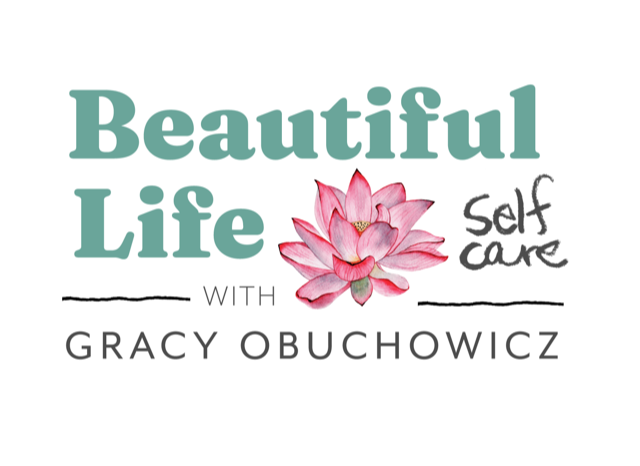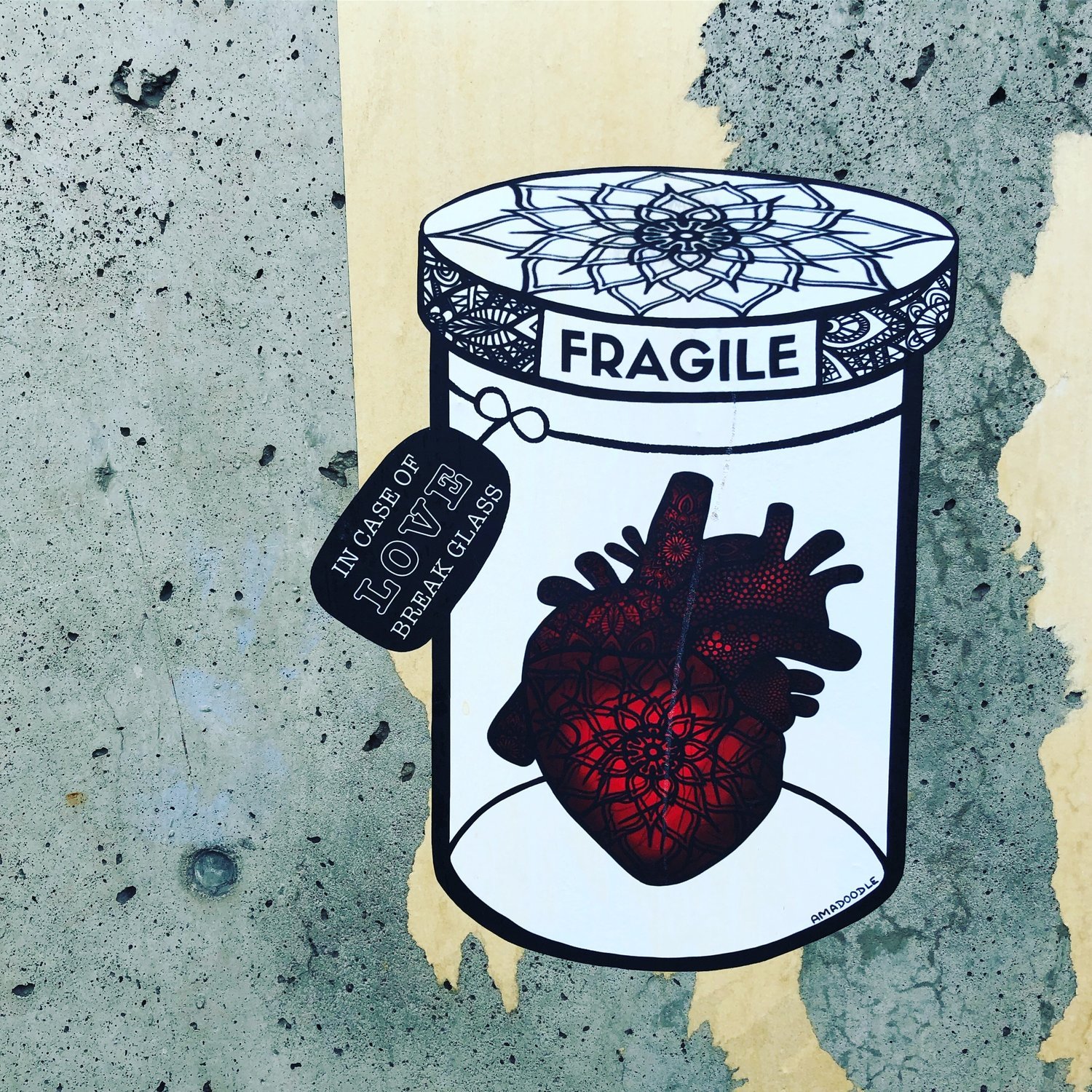Self-Care & Managing Social Anxiety
One of my earliest memories of a group social interaction gone awry happened when I was 7 years-old. It was the summer after my parents had gotten divorced and my mom had moved us to a new cul-de-sac street of suburban townhouses. I dealt with this transition by eating frozen pizzas while sitting in our cool basement watching “Sister Kate” and “Frugal Gourmet” reruns on Lifetime television.
My mom, however, had another plan for me. She wanted me to make friends on our street. One afternoon, she told me to come upstairs because there was a group of girls my age playing outside. I don’t remember if I protested much, but I’m sure I wasn’t excited about the idea. Still, I followed her outside as she marched me toward three girls trying to set up a small tent on a patch of grass across the street.
I remember that I let my mom do the talking. She told the girls that she used to be a Girl Scout and merrily hammered one of the tent posts into the ground. It was around this time that I got so uncomfortable that I burst into tears. My mother and the other girls stared at me as a few tears turned into uncontrollable sobbing. I didn’t stop crying until my mom walked me back to our townhouse. Once inside, I escaped again to our basement couch and began plotting out my afternoon television schedule.
Sadly, this is not the last memory I have of a painful group interaction and the flood of emotions that came with it.
Almost 15 years ago, I walked into a hotel conference room full of new Peace Corps pledges. Rather than be excited that these amazing people would eventually, with time and experience, become my new best friends, I focused on smoothing my new business casual outfit, drinking my coffee and flipping through paperwork. I had enough friends in my life, I told myself. I didn’t need anyone else. In reality, I didn’t want to go through the emotional effort of putting myself out there and possibly, getting rejected.
Six years ago, I was invited by an old friend to a winter gathering of amazing women she knew in Palm Springs, CA. These were some of the smartest, funniest and most fashionable women I’d seen. The focus of our time together was to bask in a heated swimming pool, make group outings to nearby thrift stores and enjoy each other’s company. Although I wanted to feel like I fit in with this group, I spent the majority of the weekend doubting the clothes I brought with me and feeling like I wasn’t funny enough to add a quip to the conversation. Really, I was afraid that I wasn’t cool enough to fit in with this crew, and didn’t want it to be proven right by saying something wrong.
Four years ago, I walked into the first day of Integral Facilitation training (it was the first of three five-day intensives broken up over nine months). After hearing so much about the wonderful people that attended these seminars, I’d been expecting to feel a deep sense of belonging. Instead, I was gripped by the same desire to make myself as small as possible. Despite having lots of thoughts to share, I rarely raised my hand. When I was called up, I rushed through my words and turned red. At least by this point in my life, I could recognize the feeling for exactly what it was: just straight up fear.
I wish I could say that with all the self-care development and personal work I’ve done over the years that I’ve figured out a way to best my ongoing social anxiety when walking into a new group situation. The truth is that I haven’t. I still get nervous when meeting new people and subsequently, upset with myself for getting nervous. The story I tell myself is that I should be over this by now—this only compounds my nerves, of course.
(In Buddhism, this judgment of our self-judgment is called the “second arrow,” in that we further injure ourselves after the initial injury. We are taught that we have very little control over the first arrow,the initial emotional reaction. With practice, however, we do gain control over the second arrow as we learn to soften our judgments of our inevitable human imperfections.)
I suppose one way to deal with my anxiety is to never open myself up to new social situations, especially when I’m intimidated by the people who are involved (and thinking even more deeply, afraid that I’m not good enough to fit in). And yet, I persist. Despite knowing how hard it is for me, I keep searching for new groups to support me and help keep me growing. Over the past few years, I’ve gained community through support groups, our awesome neighbors, and the other parents at Jonah’s school. Each of these communities has fed me in important ways, and entering each one has been a challenge for me.
I used to think I was alone in feeling this kind of social anxiety. As I’ve gotten older and talked more openly with other people, I now know I’m not the only one who has a hard time opening up in new groups. Some of us deal with our anxiety by becoming more social, which probably makes them look more comfortable than they are, and some of us deal it with by retreating into shyness, which contains its own kind of challenge within our extrovert-revering culture.
Perhaps the great irony of my life is that even though being in community is an ongoing struggle for me, I’ve based my wellness career in working with groups of women. I do this because of what I’ve learned through my own experiences with group interactions.
I’ve come to understand that we can grow in amazing ways within groups not despite our fears of connection, but because of them. When we are willing to be seen by others, not just for our shiny, successful parts, but for the messier places where we struggle, we grow in exceptional ways.
I like to think of a smaller community as a practice lab for learning to be ourselves in the world. Within a truly supportive group, we gain the courage to be ourselves, warts and all, and eventually to share our wholeness in bigger ways. During a moment in time when we are in desperate need of authenticity and empathy, engaging in this kind of transformative group work feels like service not just to ourselves, but to the world as a whole.
Of course, we don’t have to find a formal support group in order to experience this kind of inter-relational growth. Recently, I encountered adrienne maree brown’s thoughts on “coevolution through friendship” in her delicious and revolutionary book “Emergent Strategy.” She shares her experience of growing through intentional friendship:
“I have been aware of the power of coevolution through friendship as I have been in what feels like a growth spurt. Babies do this, suddenly overnight become taller, fuller, using new words, more confident in their bodies and complex in their communications. It’s pretty incredible to watch--and to feel that the growth doesn't end even if it changes form. In this period, I have been supported, inspired, encouraged, and witnessed by a marvelous circle full of people in their own growth.”
Despite having an uncomfortable time making friends, I’ve been lucky enough to be supported over the past decades by three strong circles of women from three different phrases of my life: high school, college and the Peace Corps. Although we don’t get together as often as we’d like these days, just knowing they are out there and ready to support me helps me make braver decisions in my life.
In the same section, brown goes on to share about one tool of intentional growth within friendship (and I would argue, any growth-oriented community): vulnerability. She writes:
“We reach out to each other and say things like ‘something incredible is happening,’ ‘I don’t know,’ ‘I fucked up,’ ‘I think I hurt someone,’ “I’m overwhelmed,’ ‘I’m terrified,’ ‘I think I’m hurting,’ ‘I’m lost,’ ‘Am I falling in/out of love?,’ ‘_______ happened, what should I do?,’ ‘I want something new/different/marvelous/dangerous/that feels essential to my soul--help!,’ and so on. We ask others to be mirrors for us at our most vulnerable places, so we can see what we are learning, see new possibilities in our lives.”
Truly, I can’t say enough about the power of practicing vulnerability within groups of people who are strong enough in themselves to be vulnerable right back. Despite the discomfort of opening up and letting myself be seen, I’ve doggedly practiced this tool over the years, within old friendships and new groups, and grown into myself in such beautiful ways as a result. More than any morning routine or other lifestyle hack, learning to be wholly ourselves in community is the most important self-care tool that I know.
Because, in the end, I’ve made it through each of those challenging group moments. As a child, I gained wonderful neighborhood friends whom I still keep in touch with today. Although we are dispersed around the world, my facilitation co-trainees continue to support and inspire me through our ongoing interactions.
And on my second to last night in Palm Springs, while swimming alone under the giant Kuan Yin statue that guarded our pool, I experienced a moment of visceral self-acceptance. As I swam under the night sky, I realized that even if I was the most imperfect, least fashionable person in the world, I was still worthy of love. Even if I wasn’t funny at all, I could still like myself.
Something changed in me during that moment. I realized that I could be my own friend, and only from that place could I let others in. Although this was a deeply personal realization, I don’t think I could have understood this without the backdrop awesome women and the intimacy of our experience together. From there, I got out of the pool, dried myself off, and enjoyed the hell out of the time I had left on that trip.

